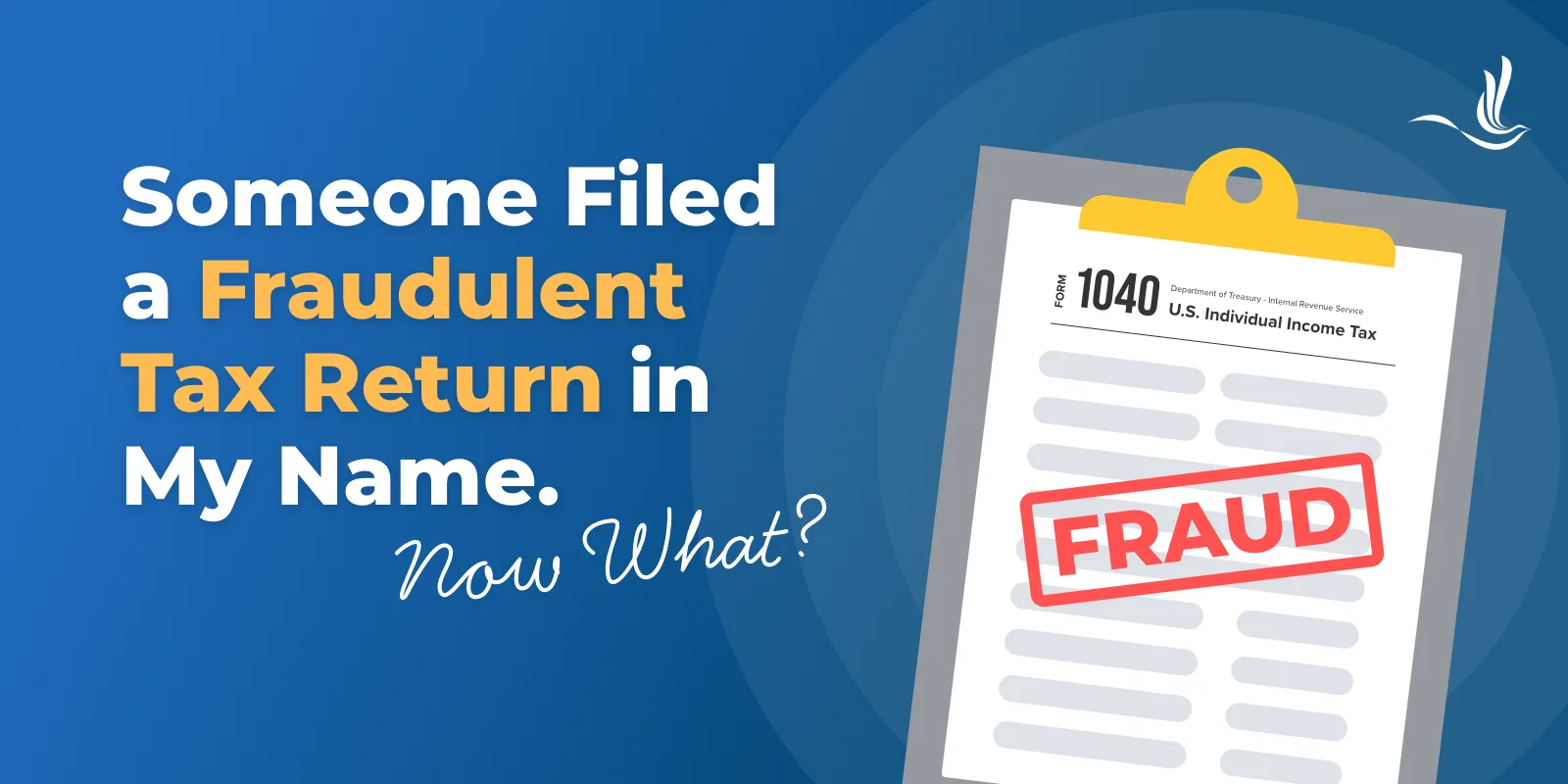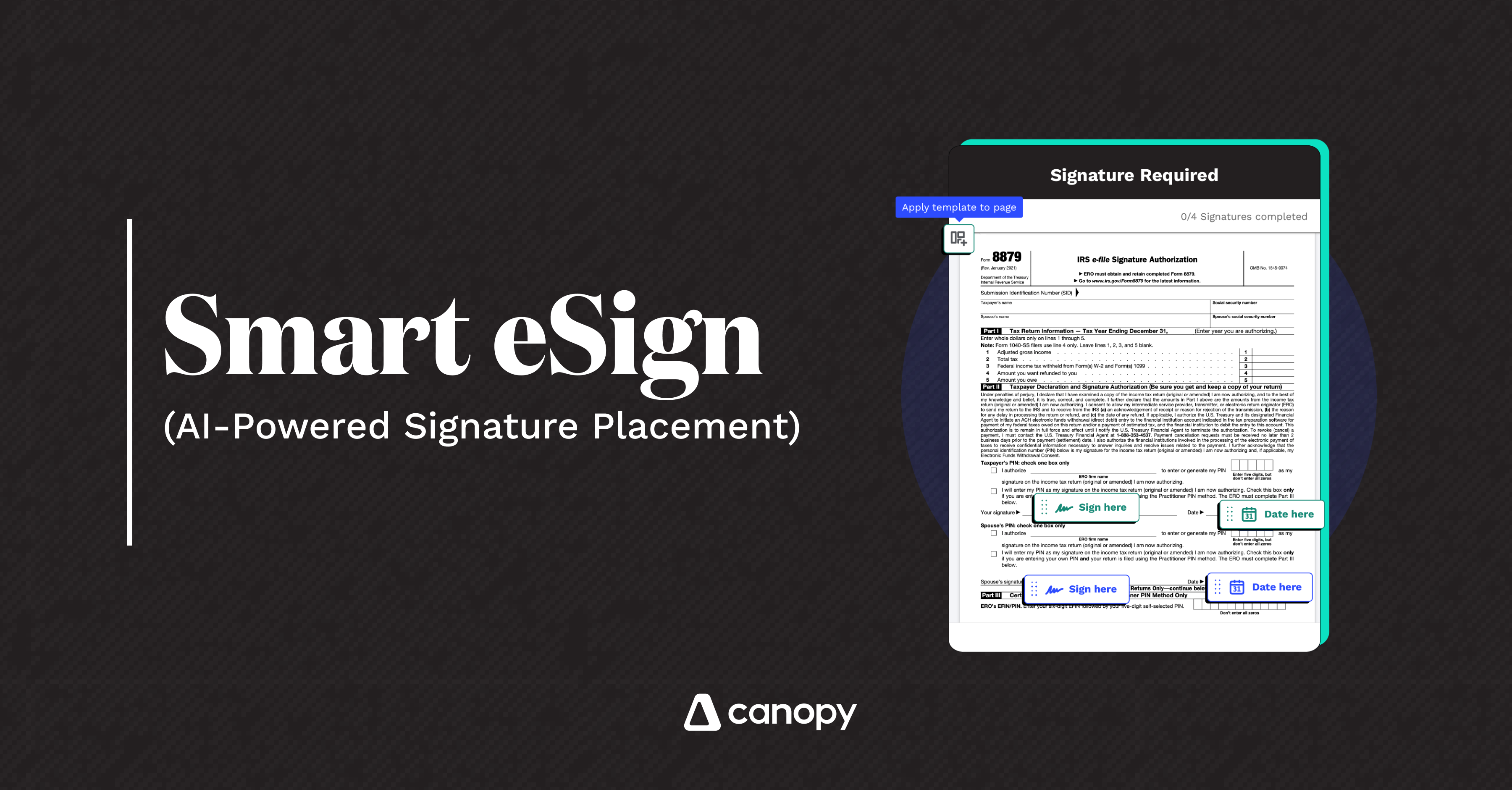Key Takeaways
If a fraudulent tax return has been filed in your name, you should contact the IRS immediately and submit Form 14039 to begin correcting your account.
The IRS may send verification letters that require careful attention to ensure your legitimate return is processed accurately.
Placing fraud alerts or credit freezes, monitoring accounts regularly, and reporting suspicious activity can help reduce further risk to your finances.
Using strong, unique passwords, enabling multi-factor authentication, securing email accounts, and protecting devices and physical documents strengthens your overall security.
Regularly checking credit reports, tracking financial accounts, and staying informed about IRS alerts and tax-season scams helps prevent future identity theft.
Tax professionals or identity-theft specialists can provide guidance during recovery, coordinate with the IRS, and help ensure your tax and financial records are fully restored.
Discovering that someone has filed a fraudulent tax return in your name can be alarming and overwhelming. Tax identity theft affects thousands of Americans each year, with criminals using stolen Social Security numbers and personal information to claim refunds. The consequences can ripple across your finances, credit, and future tax filings. Taking immediate, informed action is critical to mitigate damage, restore your records, and prevent future fraud. This guide walks you through the process, explains what to expect from the IRS, and offers strategies to protect your identity long-term.
Understanding Tax Identity Theft
Tax identity theft occurs when someone uses your Social Security number and personal information to file a tax return and claim a refund. Criminals often file early in the tax season to beat legitimate taxpayers, making prompt action essential. Identity theft can happen through phishing emails, stolen mail, data breaches, or information sold on the dark web. In some cases, the fraudulent activity is part of a broader scheme targeting your financial accounts, bank records, or even employment information.
How Criminals Exploit Your Information
Criminals may gain access to your personal data through phishing scams, data breaches, stolen mail, or dark web listings. These methods allow them to file a fraudulent tax return in your name and claim a refund before you have a chance to file your legitimate return.
For instance, Jane, a freelance graphic designer, discovered that her e-file was rejected because someone had already submitted a tax return under her SSN. Acting quickly, she was able to begin the recovery process before further damage occurred.
Red Flags of Tax Identity Theft
Warning signs that someone may have filed a fraudulent return include rejected e-file attempts, unexpected IRS letters requesting verification, unfamiliar W-2s or 1099s, or alerts from identity-monitoring services. Recognizing these early can prevent more serious issues.
Contact the IRS Immediately
The IRS is the central authority for addressing a fraudulent tax return in your name. Quick action can prevent additional fraudulent claims and reduce delays in your legitimate refund.
Identity Protection Specialized Unit (IPSU)
The IRS Identity Protection Specialized Unit (IPSU) handles cases of tax-related identity theft and can guide you in verifying your identity, submitting documentation, and protecting your account. The IPSU can be reached at 1-800-908-4490.
What to Expect from the IRS
Once reported, the IRS may send verification letters to ensure that you are the legitimate taxpayer. These can include Letter 5071C (online verification), Letter 4883C (phone verification), or Letter 5747C (in-person verification at a Taxpayer Assistance Center). The IRS may also place an identity-theft indicator on your account to prevent additional fraudulent filings. While resolution can take several months, consistent follow-up ensures your case moves forward efficiently.
File Form 14039 – Identity Theft Affidavit
Submitting Form 14039 is the formal way to alert the IRS that a fraudulent tax return in your name has been filed. This form begins the process of correcting your records and preventing the fraudster from claiming your refund.
Completing Form 14039
Provide personal information, a description of the fraudulent activity, and supporting documentation such as IRS notices, rejected returns, and identification documents. If your e-file is rejected, attach this form to a paper return.
If you have received a verification letter like Letter 5071C, you do not submit Form 14039. Duplicate submissions may delay processing.
File a Police Report
Filing a police report establishes an official record of identity theft, which can help when dealing with banks, creditors, or government agencies. Include evidence such as IRS notices, rejected returns, and communications with the IRS. A police report also supports any future disputes if additional fraudulent activity occurs.
Protect Your Credit
Tax identity theft can indicate broader identity compromise, so protecting your credit is crucial.
Fraud Alerts and Credit Freezes
Place a fraud alert on your credit reports by contacting Equifax, Experian, or TransUnion. Fraud alerts notify creditors to take extra precautions before opening new accounts. You can also place a credit freeze to restrict access entirely. Some services offer a credit lock, which can be more flexible than a freeze.
Monitor Your Accounts
Regularly review bank, credit card, and investment accounts for unusual activity. Reporting suspicious transactions immediately reduces potential financial damage.
Report Identity Theft to the FTC
The Federal Trade Commission (FTC) serves as a centralized authority for identity theft reporting. Filing with the FTC tracks fraud trends, provides access to resources, and generates a personalized recovery plan. Reports can be submitted online at www.identitytheft.gov or by calling 1-877-438-4338.
Continue Filing Your Taxes
Even after a fraudulent tax return in your name, you are required to submit your legitimate return.
Paper Filing When E-File Is Rejected
If your e-file is rejected, paper-file your return with Form 14039 and supporting documentation. Include copies of rejected e-file notices or fraudulent returns. Following this process ensures your legitimate filing is processed.
Request an Identity Protection PIN (IP PIN)
An Identity Protection PIN is a six-digit number issued by the IRS to prevent identity thieves from filing returns under your SSN.
How to Obtain an IP PIN
Obtain an IP PIN online through the IRS or by submitting Form 14039 if you are a victim of identity theft. Include this number on your tax return each year to prevent fraudulent submissions.
Obtain a Copy of the Fraudulent Return
Requesting a copy of the fraudulent return using Form 4506-F allows you to verify what income, deductions, and refunds were falsely reported. While the IRS acknowledges requests within 30 days, processing typically takes around 120 days, sometimes longer. Having this copy can be critical when communicating with the IRS or financial institutions.
Check State Tax Records
State tax agencies may require separate reporting for fraudulent returns. Coordinating with your state tax agency ensures that your legitimate return is processed, fraudulent state returns are corrected, and any refunds are properly issued.
Strengthen Digital and Identity Security
Before, during, and after resolving a fraudulent tax return in your name, strengthening your digital defenses is one of the most powerful ways to prevent identity theft from happening again. Criminals often attempt multiple forms of fraud once they access your personal information, so building long-term security habits is essential.
Improve Password Strength and Account Protection
Weak or reused passwords are among the most common pathways for identity thieves. A single compromised password from a data breach can open the door to your tax records, bank logins, or email accounts.
Create unique, complex passwords for every account; especially those involving taxes, banking, payroll apps, email, and cloud storage. The strongest passwords include a combination of uppercase and lowercase letters, symbols, and length.
Enable Multi-Factor Authentication (MFA)
Whenever available, enable two-factor or multi-factor authentication. MFA requires an extra step, like a text code, authenticator app code, or biometric scan, before granting access. Even if a criminal steals a password, MFA may block them from logging in.
Protect Your Email Accounts
Your email is often the gateway to nearly every service you use. Criminals who gain access can reset passwords, access tax documents, view financial statements, and impersonate you.
Strengthen email protection by enabling MFA, using a backup email address, and regularly reviewing your account recovery settings. Remove old phone numbers or secondary emails that may no longer be secure
Reduce Your Exposure to Data Breaches
Many cases of a fraudulent tax return in your name begin with large-scale data breaches. While you can’t control whether a company suffers an attack, you can reduce the amount of data available.
Review accounts you no longer use and delete them when possible. Avoid storing sensitive documents, like tax returns, W-2s, or Social Security numbers, in cloud drives without encryption.
You can also use identity-monitoring tools that alert you when your information appears in breach databases, allowing you to act immediately.
Recognize and Avoid Phishing Attempts
Phishing emails and text messages are still one of the top tools criminals use to steal Social Security numbers, IRS login credentials, and financial details.
Fraudsters may impersonate the IRS, tax software companies, or even your employer. They may send messages warning about “urgent action,” locked accounts, or unexpected refunds, all designed to trick you into clicking a malicious link.
Always navigate directly to the official IRS website instead of clicking a link in an email or text message. The IRS will never email or text you asking for personal information.
Secure Your Devices and Internet Connection
Your computer and mobile devices store sensitive financial information. If they’re not properly protected, criminals can intercept login activity, steal stored documents, or install keyloggers.
Keep your devices updated with the latest software and security patches. Use reputable antivirus or anti-malware programs to regularly scan for threats. When working remotely or filing taxes online, avoid public Wi-Fi unless you use a virtual private network (VPN).
Prevent Physical Theft of Documents
Not all identity theft happens online. Many cases of a fraudulent tax return filed in your name begin with stolen mail, misplaced documents, or improperly discarded paperwork.
Keep tax forms, pay stubs, Social Security cards, and banking statements in a locked drawer or safe. Shred any documents containing personal information before throwing them away. If possible, opt into digital tax and financial documents instead of mailed copies.
Monitor Your Identity and Accounts Consistently
Consistent monitoring helps you identify fraud early; often before a criminal files a fake return. Review your credit reports, bank statements, and online accounts each month for unfamiliar activity.
Stay Updated on IRS and Tax-Season Scams
Each tax season, new scams emerge. Staying informed gives you a better chance of recognizing fraudulent attempts early. Awareness helps you avoid becoming a repeat victim.
Special Considerations for Self-Employed or Business Owners
Self-employed individuals and business owners face additional risks. Fraudsters may manipulate 1099 forms, falsify business deductions, or attempt multi-state filings. Maintaining accurate, organized records of all business transactions and securing your SSN and Employer Identification Number is essential.
Timeline for Recovery
When dealing with a fraudulent tax return in your name, it’s natural to wonder how long the process will take. Every case is different, but most follow similar progression. Keeping realistic expectations can make the experience less stressful. In most situations, identity-theft cases take several months from start to finish, though timelines can vary based on the complexity of your situation. What matters most is staying consistent with follow-up and keeping your information secure.
Seek Professional Assistance
Tax identity theft can be complicated. Professionals with experience in identity-theft cases can help you navigate IRS procedures, coordinate with financial institutions, and handle multi-state filings. Expert guidance can reduce processing time, minimize errors, and alleviate stress.
Frequently Asked Questions
How do I find out if someone filed a tax return in my name?
You may discover a fraudulent tax return in your name if your e-file is rejected, you receive an IRS notice about multiple returns, or unexpected tax correspondence arrives. Monitoring IRS letters and using identity protection tools can help you identify unauthorized filings quickly.
Can someone steal my identity with my tax return?
Yes. A tax return contains sensitive information like your Social Security number, income, and dependents, which can be used by criminals to commit identity theft or file a fraudulent tax return in your name.
How can I check to see if someone is using my identity with the IRS?
You can monitor your IRS account, watch for rejected e-file notices, and respond to any identity verification letters (e.g., Letter 5071C) to determine if a fraudulent tax return has been filed in your name.
What are some warning signs of identity theft?
Common warning signs include rejected e-file attempts, unexpected IRS notices requesting verification, and unfamiliar W-2s or 1099s appearing on your records.
How common are fraudulent tax returns?
Fraudulent tax returns are increasingly common, with thousands of Americans affected each year, particularly during tax season when criminals attempt to claim refunds using stolen personal information.
Tax Help for Victims of Tax Fraud
Discovering a fraudulent tax return in your name can feel overwhelming, but structured action restores control. Reporting to the IRS and FTC, filing Form 14039, monitoring credit, securing digital accounts, and seeking professional guidance reduces damage and ensures your tax records remain accurate. Long-term vigilance and preventive measures are essential to protect your finances and personal information.
By following these steps, you can recover from identity theft, safeguard your tax records, and prevent future fraudulent filings. Optima Tax Relief is the nation’s leading tax resolution firm with over a decade of experience helping taxpayers.
If You Need Tax Help, Contact Us Today for a Free Consultation

























